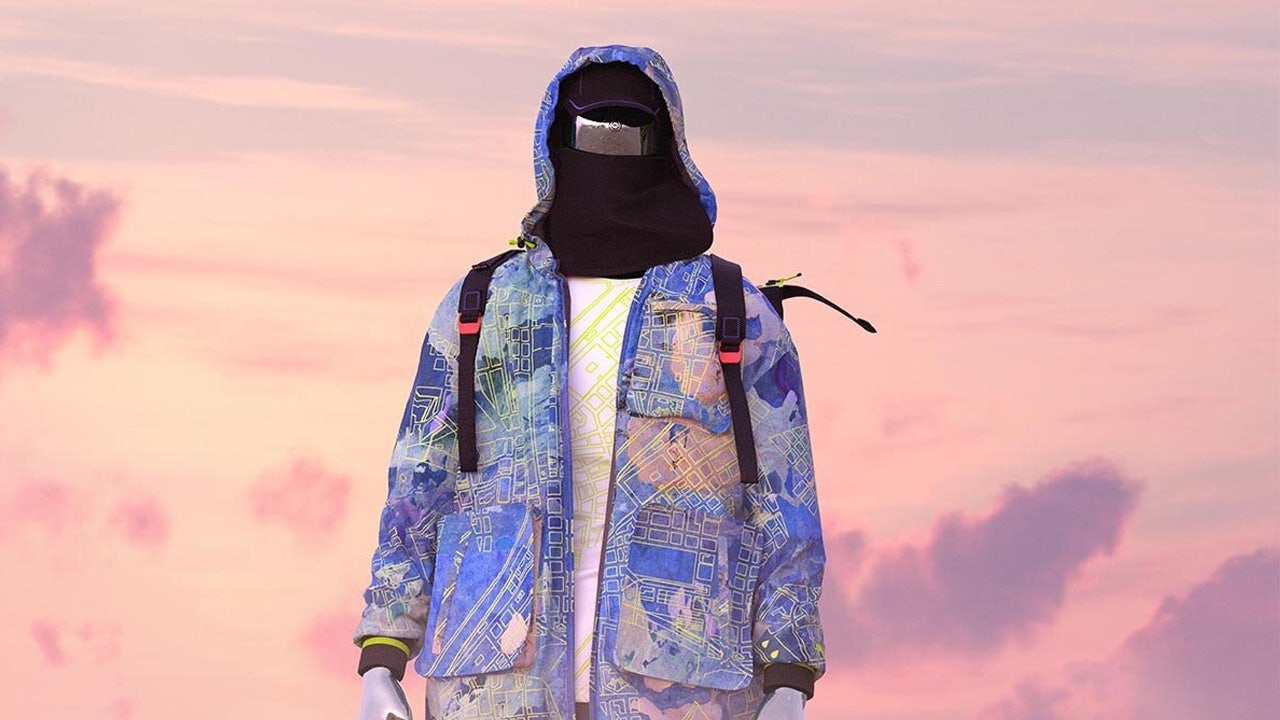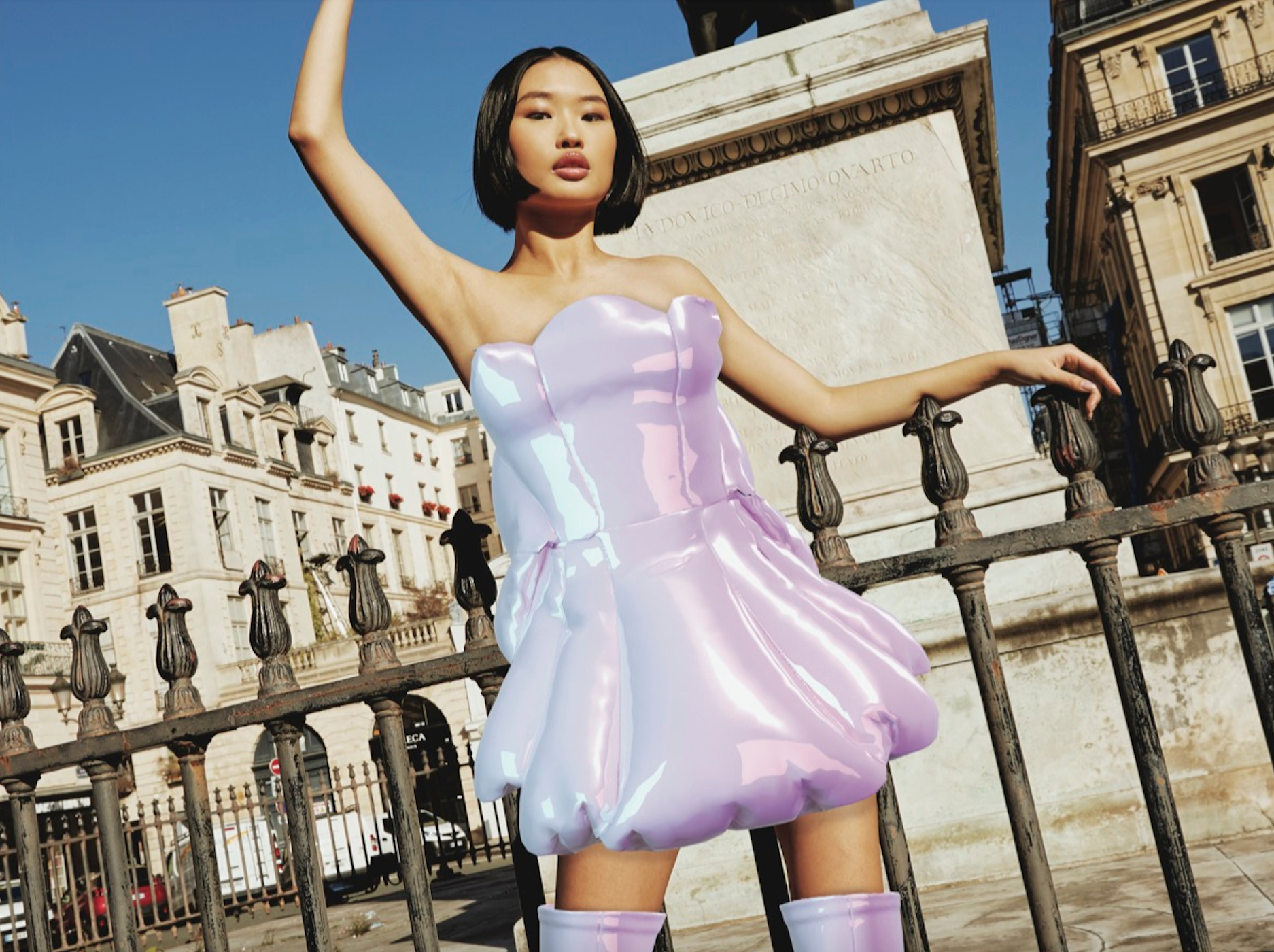What does digital fashion look like today? It’s a question that populated the panels at this week’s inaugural New Codes Digital Fashion summit, which ran from October 30-31.
Taking place at London Mayfair’s Royal Institute, experts and insiders across fashion design, artificial intelligence, emerging technology, textiles, and gaming industries gathered to discuss the next chapter of fashion’s creative renaissance and the role Web3 will play in its evolution.
The digital fashion arena is expected to reach 4.8 billion by 2031, according to Allied Research. But the fledgling landscape has struggled to find its place in the wider, and highly speculative, fashion industry after peaking in hype in 2021.
In response, this year has since seen brands and builders alike streamline the potential of 3D, augmented reality (AR), artificial intelligence (AI), and Web3, accelerating a paradigm shift across the entire segment.
With speakers from The Fabricant, Vans, Drest, and Outlier Ventures, Jing Daily breaks down the key takeaways from the two-day event and how brands can harness the rapidly developing ecosystem.
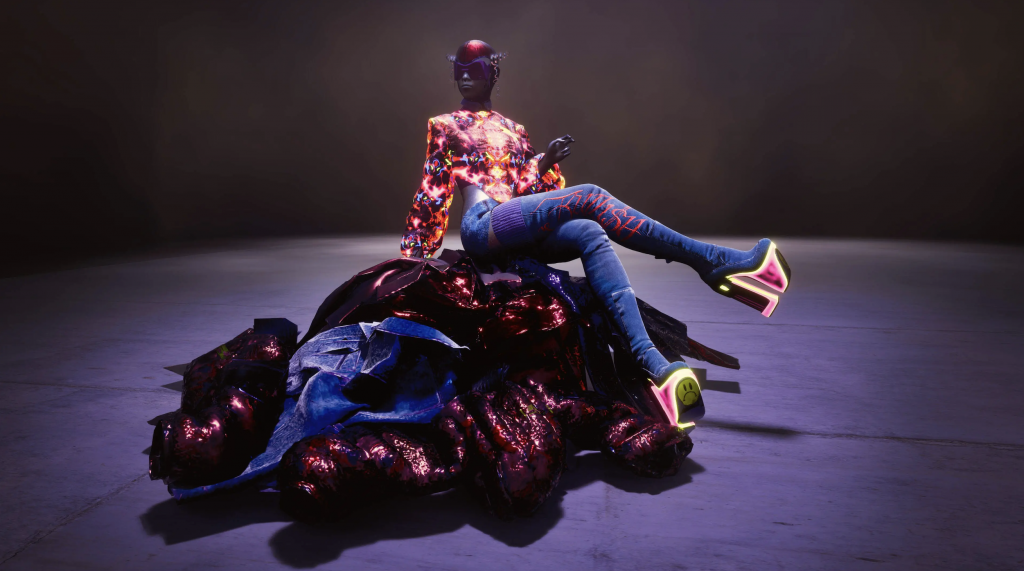
Digital fashion’s boom and bust cycle isn’t over#
After hype cooled in 2022, critics were quick to slate Web3, non-fungible tokens (NFTs), and the metaverse as “dead.” But Marco Marchesi, Chief Technology Officer at The Fabricant, believes that the industry still shows signs of life.
“With these technologies, it takes a lot of cycles for new ideas to take off and be adopted. The reality is that it’s not completely figured out yet, and it’s going to take a lot of these cycles before it finds a steady ground,” he says.
Educating audiences on the technicalities of digital fashion will bolster its credibility. “There’s an assumption around the craft of digital fashion; they don’t realize how technically challenging the practice is,” digital artist Stephy Fung says.
Dani Loftus, founder of digital fashion house Draup, also argues that clunky, early-stage technology has prevented widespread adoption. “A lot of people were exposed to digital fashion for the first time ever last year,” Loftus says. “If you’re making a digital dress and the arm falls off, people are going to see that as confirmation bias. If it doesn’t perform well, people will turn away from it.”
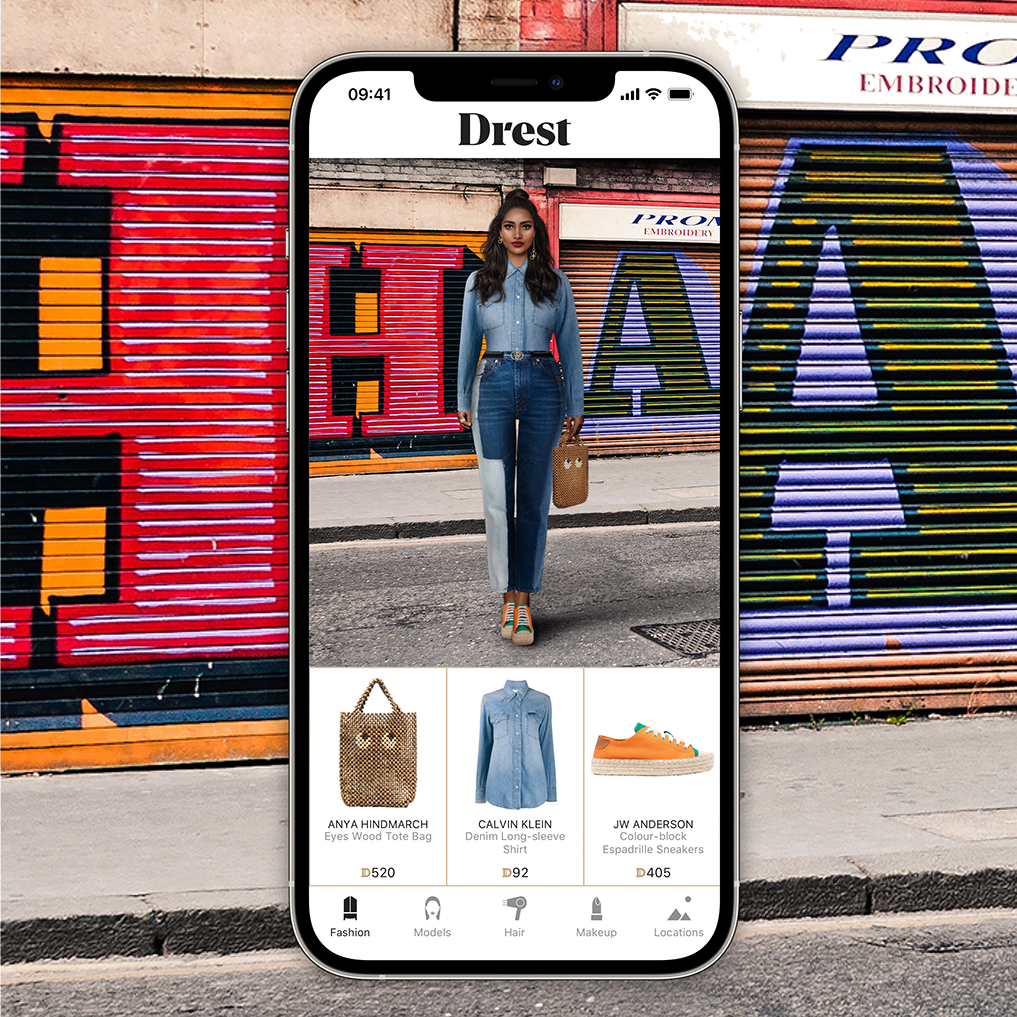
Gaming’s role in shaping younger generations’ concept of luxury#
The evolution of gaming platforms from social hubs to business goldmines is potentially the biggest seismic shift in how brands reach audiences today. As both Gen Z and Gen Alpha come of age and unleash their spending power, brands can no longer rely on outdated marketing tactics, such as magazine campaigns and celebrity partnerships, to attract eyeballs.
With key consumer demographics now residing in gaming destinations like Fornite and Roblox, early adopters are reaping the benefits by translating their identities into robust presences in these spaces.
“Gaming spaces are sartorial spaces to play with,” Philippa Morgan, Chief Content Officer at Savant, says. “Brands are planting seeds in these spaces to reach these audiences. To attract younger consumers; you’re not going to advertise in a parking lot, you’re going to go where the kids play.”
Today, brands need to be willing to fully engage in these new ecosystems and not shy away from experimenting with their image through play.

Generative AI: Fashion’s most disruptive yet promising advancement#
This year saw an unprecedented boom in generative AI, but the technology’s potential is still yet to be fully realized in fashion. There remains a fundamental issue in how the industry approaches machine learning.
“If brands don’t get on the bandwagon of products like AI, they’ll be left in the dust,” Marchesi says, when discussing brands' reticence towards generative systems.
Fashion is slowly but surely being actively reshaped by AI. This September’s fashion week alone saw Coperni, Collina Strada, and Ganni each deploy the burgeoning tech on the runway.
But the question of whether AI will replace creative roles like designers, pattern cutters, and image makers remains a hot topic. Fung believes that the tech can't and won't replace the human touch.
“When we use AI, we might take on the role of art directors and creative directors, but AI can’t replicate what’s inside our brain. That curation has to come from us,” she says.
Beyond its creative scope, machine learning is also assisting brands in making much more productive decisions across the supply chain — from both an efficiency and an environmental standpoint.
Sasha Mcfarlane, executive director of Future Proof Fashion, highlights how, with trend cycles moving at record speed, “traditional manufacturing roadmaps can’t keep up with the rapid turnover in consumer demand”. Generative AI is disrupting the process by predicting trends and customer behavior months in advance, helping suppliers scale down on waste.
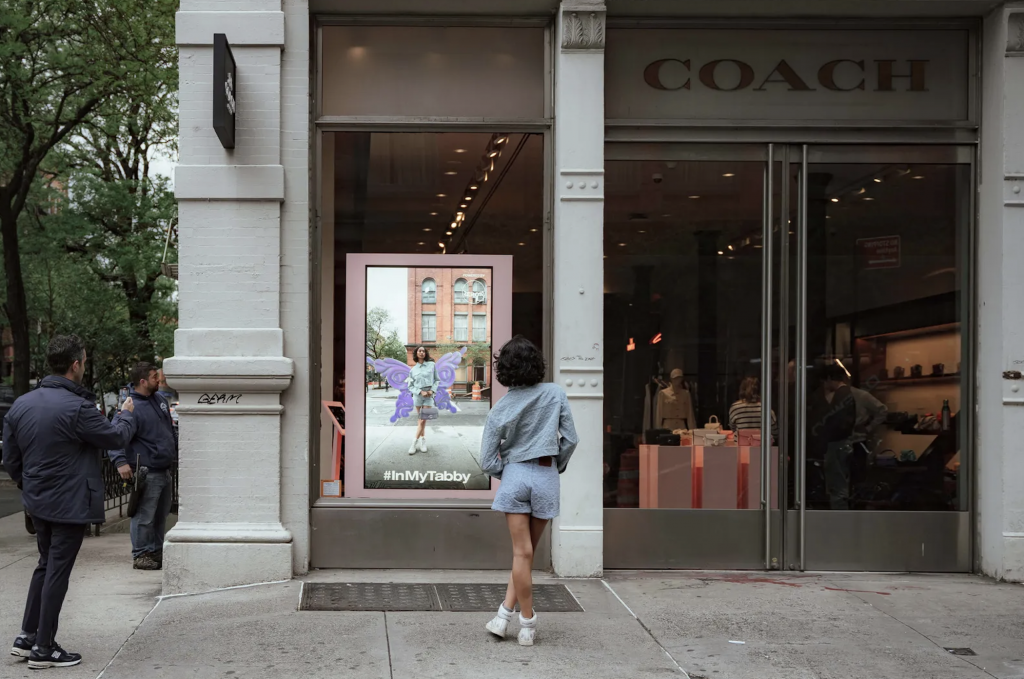
Augmented reality is improving consumer loyalty#
The size of the global augmented reality and virtual reality market was estimated at 38 billion in 2022 and is projected to hit around 372 billion by 2032, according to Precedence Research.
Trailblazers such as Zero10 and Ffface.me are paving the way for augmented reality-powered experiences in retail. Their efforts haven’t gone unnoticed. This year, brands including Tiffany & Co., Tommy Hilfiger, Coach, and JD Sports have all tapped AR to capture consumer eyeballs.
“If you’re making a digital dress and the arm falls off, people are going to see that as confirmation bias. If it doesn’t perform well, people will turn away from it.”
Beyond its novelness, Moin Roberts-Islam, Technology Development Manager at Fashion Innovation Agency, explains how AR has emerged as a premium tool for collecting data and driving consumer loyalty.
Speaking on one of the initiative’s latest AR activations, Roberts-Islam notes that “consumers expressed more brand loyalty for having had that immersive experience. Ninety percent of audiences said they would pay more for the product, because they understood it better and valued it more.”
Adapt, or risk being left behind#
The digital fashion landscape remains fertile ground, with emerging technologies like AR, AI, and Web3 already in the process of overturning the industry.
Brands that are still turning a blind eye to its potential run the risk of self-sabotage.
Even understanding the basics will soon be an indispensable tool, Loftus argues. “Learning how to use something like a Discord server is absolutely monumental. These are valuable assets,” she says.
But there’s no use entering the increasingly digitized world without authenticity. Marchesi highlights how there has to be a long-term, well-intentioned goal behind every digital activation.
“You will not create revenue if you’re trying to only create revenue,” he says. “There’s no use trying to jump on the bandwagon for no reason, or if that reason is solely for making a profit.”
